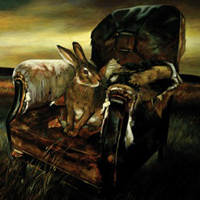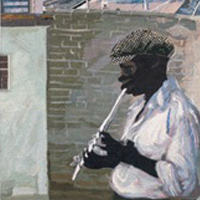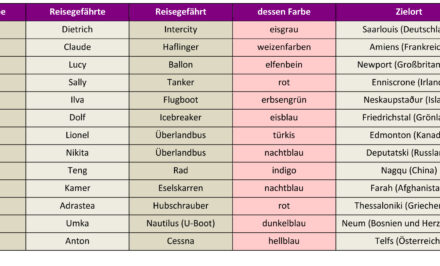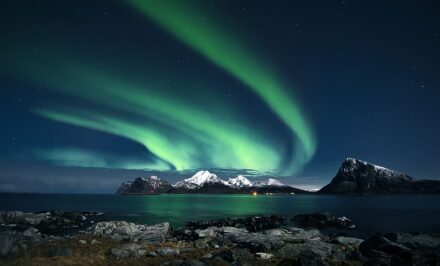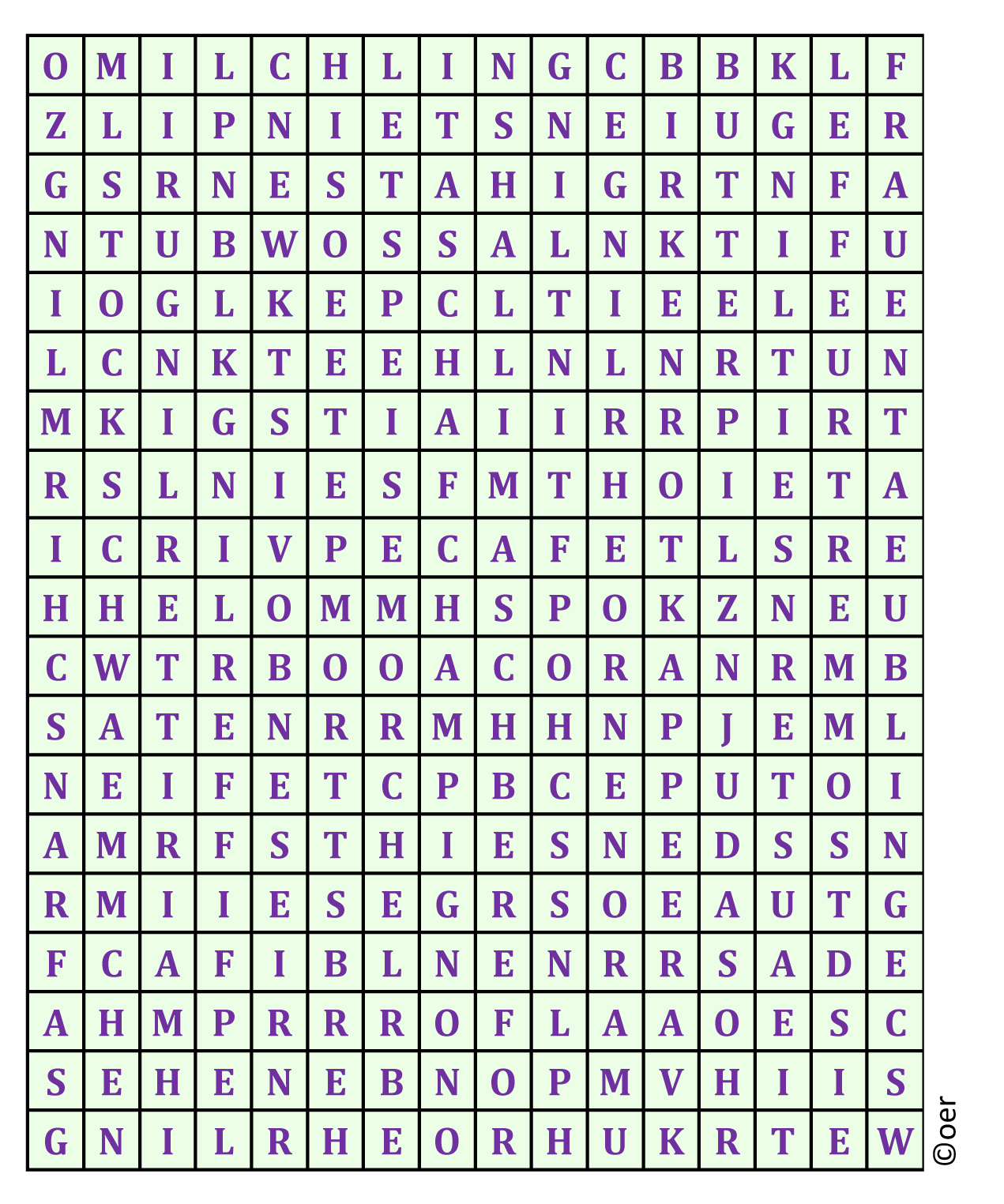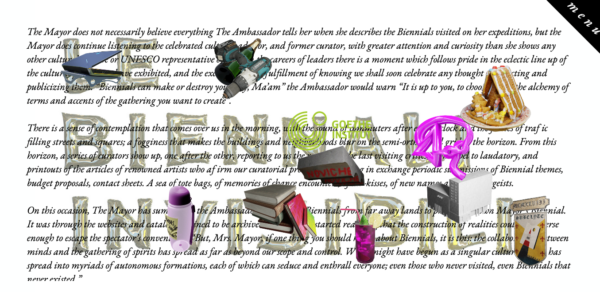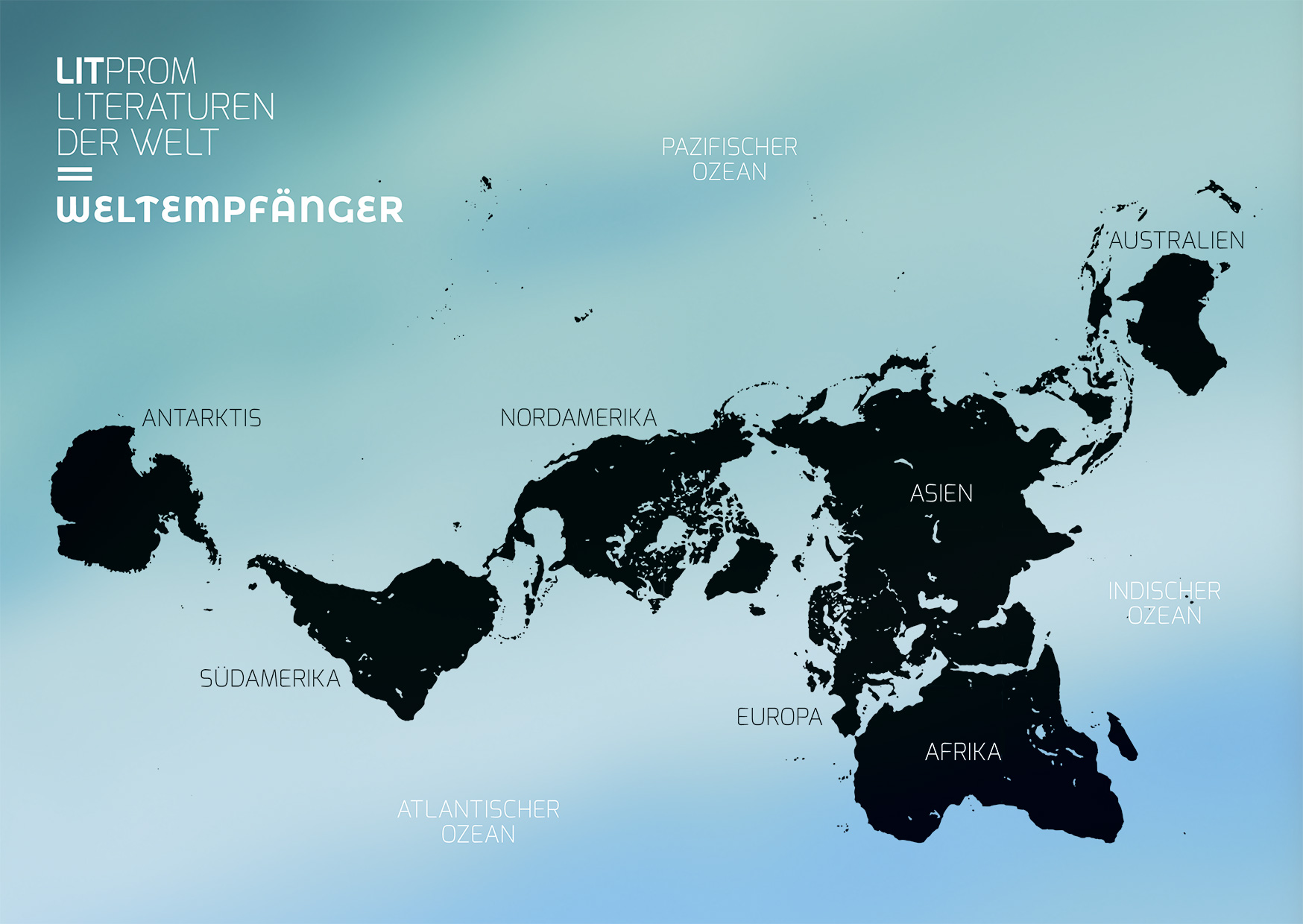Südafrika ist ein spannendes Land, mit einer lebendigen Kunst- und Kulturszene, über die uns unsere Südafrika-Korrespondentin Sandra Baker auf dem Laufenden hält. Diesmal berichtet sie vom „Aardklop-Festival“, das vom 4-9 Oktober 2011 in Potchefstroom (130 km südwestlich von Johannesburg) stattfinden wird.
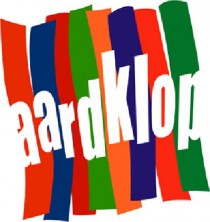 What’s up in Southafrica
What’s up in Southafrica
Hi Folks, After apartheid and its dominant white culture, South Africa presents its cultural identity as the ‚Rainbow nation‘. South Africa has a population that is one of the most varied, polarised and multifaceted in the world. It has been influenced by African, European and Asian identities which have created a mosaic of culture. These cultural elements sometimes run parallel to each other and sometimes they overlap. The rainbow metaphor is apt in that although each culture is loosely represented by a colour in the rainbow, it is the unified rainbow as well as the separate bands comprising the rainbow which is visible to all. South Africa is not a cultural melting point. It is in the coming together of all the cultures in their uniqueness that the overall cultural identity is formed. In the new South Africa all cultural groups are invited to design and celebrate their own culture.
There has been a phenomenal growth in the number of festivals taking place in South Africa, maybe the reasons for this is that many of them are seeking to promote cultural identity and cohesion of “one colour of the rainbow”. One of the most popular festivals is the annual Aardklop National Arts festival, this year running from 4 to 9 October and celebrating its 13th year of existence. Aardklop re-establishes and celebrates a cultural identity that is far removed from the previous white Afrikaaner’s sense of identity during the apartheid era whose sense of identity was linked to a system of racial domination and cultural superiority. The Afrikaaners are descendents of the Dutch, French and German settlers, they speak a Germanic based language called Afrikaans. Although they were the architects and the proponents of apartheid, there were many Afrikaaners who were opposed to apartheid and who spoke out against it. Clearly in the new South Africa a new narrative was and is required on what it means to be a white Afrikaaner and what it means to be Afrikaans speaking as large percentage of Afrikaans speakers are Coloured (mixed race) and a minority are Black. Aardklop provides a platform for such a narrative by featuring Afrikaans arts, theatre and culture amongst others.
Aardklop is the Afrikaans word meaning earth beat, and has similar connotations to heartbeat. The word ‘aardklop’ thus subliminally evokes the image of arts and culture as being fundamental to life and the Afrikaans culture being a vital component of the South African identity. The Aardklop festival has become synonymous with cutting-edge theatre, quality acts and performers and the promotion of local and international talent as well as being able to have a ‘jol’ – a thoroughly enjoyable time.
The Aardklop festival features theatre, fringe and main, music, visual arts and other arts and cultural events. It has a mix of 45 plays covering the gamut of emotions with debut play writers and performers, well known play writers (both local and international) and debut and professional actors and actresses. Some of the plays listed below are presented either in English or Afrikaans.
Plays
The Table, one of the plays presented in English, directed by Sylvain Strike and written by Craig Higginson features a Jewish family in South Africa having their Friday night Shabbat meal sitting at the table. It is based on a true family story of a Jewish family fleeing from Eastern Europe ahead of the Nazi advance and has been placed in a South African context. It deals with family secrets, tensions and dynamics that take place when family members sit around a table. Strike has a heightened sense of the use of props. The world of the props and the actors become one. The use of crockery and cutlery is particularly meaningful. Strike’s active engagement with the cast ensures that the play evolves in a particularly unique way, creating funny and touching moments.
Rooiland has been described as a story that has needed to be told. Tertius Kapp is the playwright, Jaco Bouwer directs. It is premiers at Aardklop. Rooiland translated as Red earth is set in a jail in the Western Cape. It is a hard hitting, gripping play about what happens when a young white, middle class Afrikaans man is sent to jail where he is confronted by the (founding) Black and Coloured members of the ‘28 Gang’, notorious for its violence and prevalence throughout the prisons in South Africa. The four prisoners, tell the story of the century’s old gang structures and the tensions between the competing gangs, the clash of cultures and the need to survive in a brutal, vicious environment. It is a story of stories, a story of injustice in an unjust society, of the grey area between political action and inaction and criminality. In prison, stories and words become weapons, prison politics determines all, language, class, racial and ethnic structures are all subverted.
Pulitzer Prize finalist, the slightly absurdist, existentialist play, Thom Pain (based on nothing) by Will Eno, is a one-man show, seventy minutes long, about a man trying to make sense of life and what has happened to him. Along the way he takes the audience with him on a slightly edgy, wry and poignant journey, which surprisingly confirms the feeling that it is all worth it.
Music
The music section comprises popular music and classical music. There are 21 music acts in the music section ranging from Afri-France with Myra Maud (Interview) , to the Guguletu Tenors (more), to Chris Chameleon:
The classical music section comprises both local and international acts such as the Netherlands baroque -ensemble Furor Musicus (more), with soloist Antoinette Lohmann (violin) and Sandile Mabaso (tenor), playing Vivaldi’s Spring and Summer concertos from Vivaldi’s Four seasons for Violin and Orchestra and arias and works from Scarlatti, Handel and Vivaldi; and the Tygerberg Children’s Choir, winners of the 2010 World Choir Games:
The Dance and Mime section has three acts including one of mime artist, John Jacobs, a former student of Marcel Marceau, entitled Woorde sonder Woorde. (Words without Words). The next dance piece is titled Penumbra and features the story of Helen Martins, a recluse, known as the Owl Lady who, in the period between the 1950’s and the mid 1970’s, built and surrounded herself with owls, camels, creatures and people made from cement and glass, in Nieu-Bethesda, in the Great Karoo (a large area straddling the Northern and Eastern Cape). The third piece is Flameco puro, an exuberant and swirling display of Spanish dancing.
Visual Arts
Spanning both the musical acts and the visual arts side to Aardklop is the piece entitled Leonard Cohen, where various artists listened to his songs and then produced various pieces of work. These works of art are on display at Aardklop.
The visual arts section highlights leading and new artists. On the opening night of the festival, audience members can go on an art safari where they tour the art exhibitions and gain increased insight from the explanations given by the artists, as well as enjoy tasty treats and good wines, which no doubt stimulate the senses further.
Prominent artists such as Marie Stander and Sam Nhlengethwa are featured amongst others, such as Wendy Malan. Stander or “Antie” as the children from Jamestown, a small coloured town just outside Stellenbosch, call her, exhibits a series of portraits of the people whom she came across and whose characters and backgrounds inspired her. Stander is empathetic in her approach to the warts-and-all characters she depicts, a refreshing change from the photo-shopped version of life that surrounds us today. Viewers are challenged by the vast scale and realism of her work (more).
Sam Nhlengethwa, a well- known artist, collector, Art Deco expert and jazz fanatic will be displaying both his own works as well as his private collection, rumored to be one of the best collections of contemporary art in South Africa. Included in his collection are works by Deborah Bell, Marco Cianfanelli, Marlene Dumas, Gerard Sekoto, and William Kentridge. Nhlengethwa’s own works reflect his collagist interests and his love of jazz and show influential moments and movements. Definitely not to be missed (more).
Artist Wendy Malan rediscovers the centuries’ old Japanese concept of wabi-sabi – a concept of ‘blemished beauty’, in her works of esthetics of the past.
And that is not all. There is even something for children: four plays for children including a puppet show of African stories.
The Aardklop festival is a multi-sensory experience catering to all tastes and cultures. And it through the sense of taste that the symbiotic Afrikaaner-Afrikaans and South African culture is truly, best appreciated. Partaking of the delicious traditional and not so traditional food and beverage tends to ensure a well-rounded and satisfying appreciation of culture in all aspects. So should you happen to be in the small town of Potchefstroom about 2 hours drive from Johannesburg and whose major attractions include: the Aardklop annual festival, various museums and monuments such as the City Hall built in 1909, the recently renovated Mosque erected in 1925, the University, founded in 1869, hiking trails and a trim park, a bird sanctuary, a monthly art market and the UNESCO world heritage site of the largest verified meteor impact crater on earth, then be sure to visit the Aardklop festival.
Till next time cheers and Tschüss
Sandra Baker

